Studying multiplication soon after counting, addition, as well as subtraction is perfect. Kids understand arithmetic through a natural progression. This progression of discovering arithmetic is often the subsequent: counting, addition, subtraction, multiplication, and ultimately division. This document results in the query why understand arithmetic in this series? Furthermore, why learn multiplication soon after counting, addition, and subtraction just before division?
These details respond to these concerns:
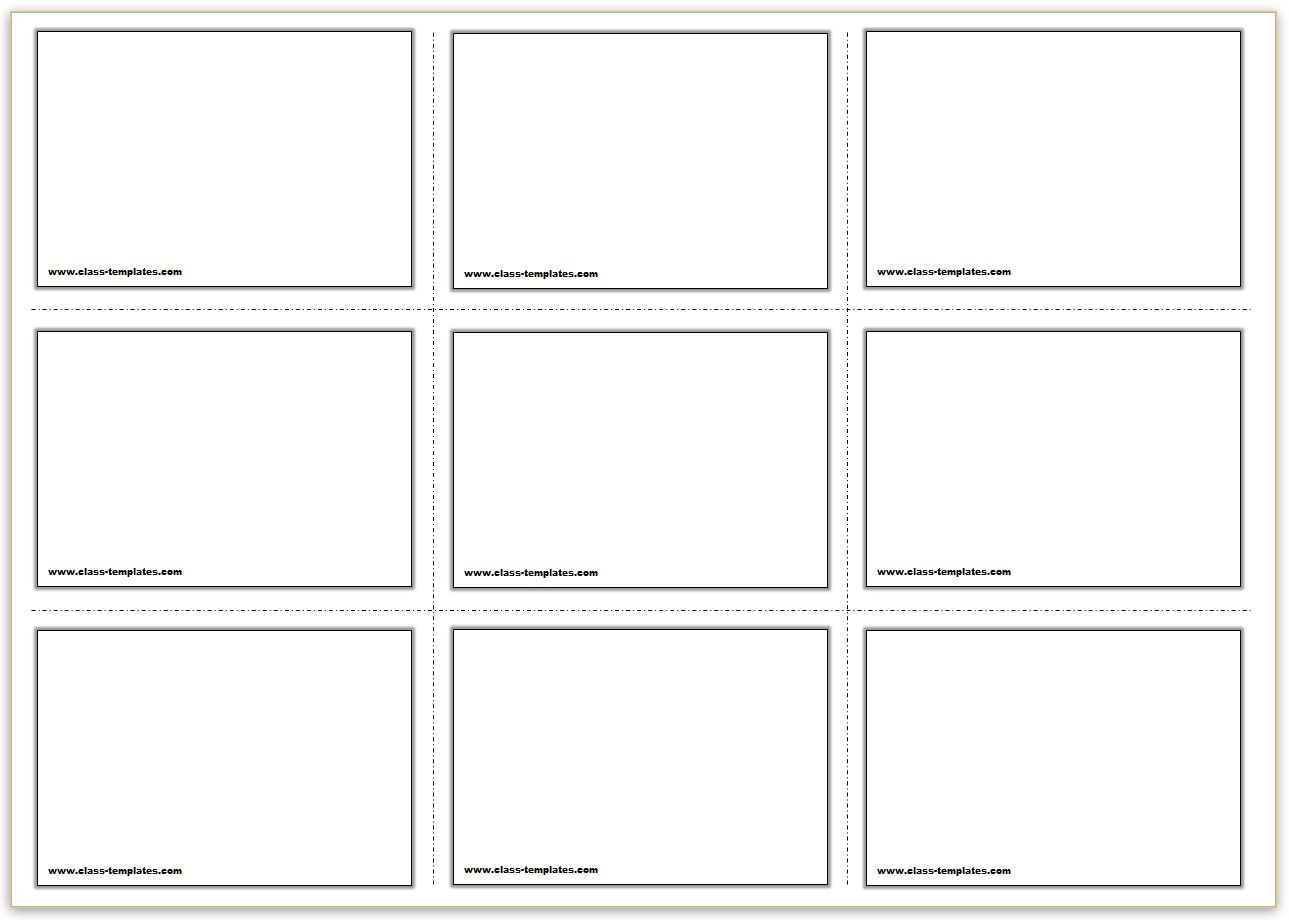
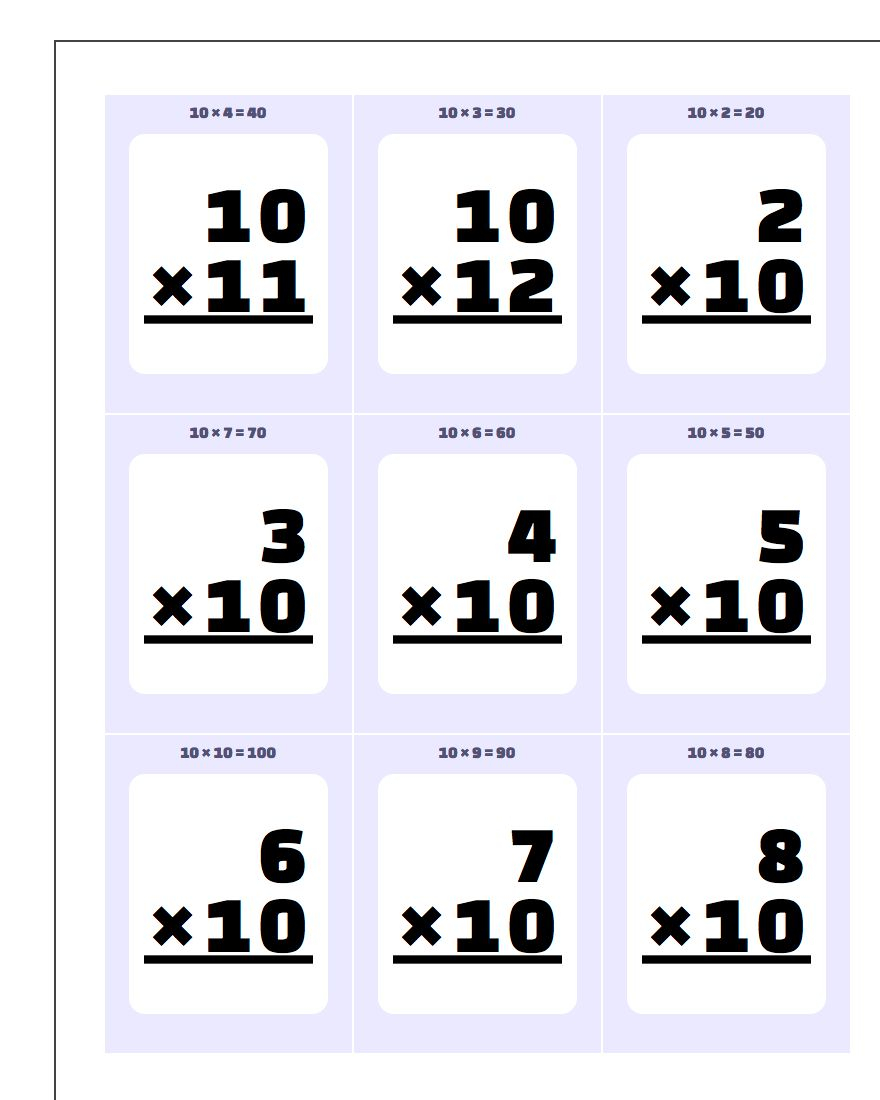
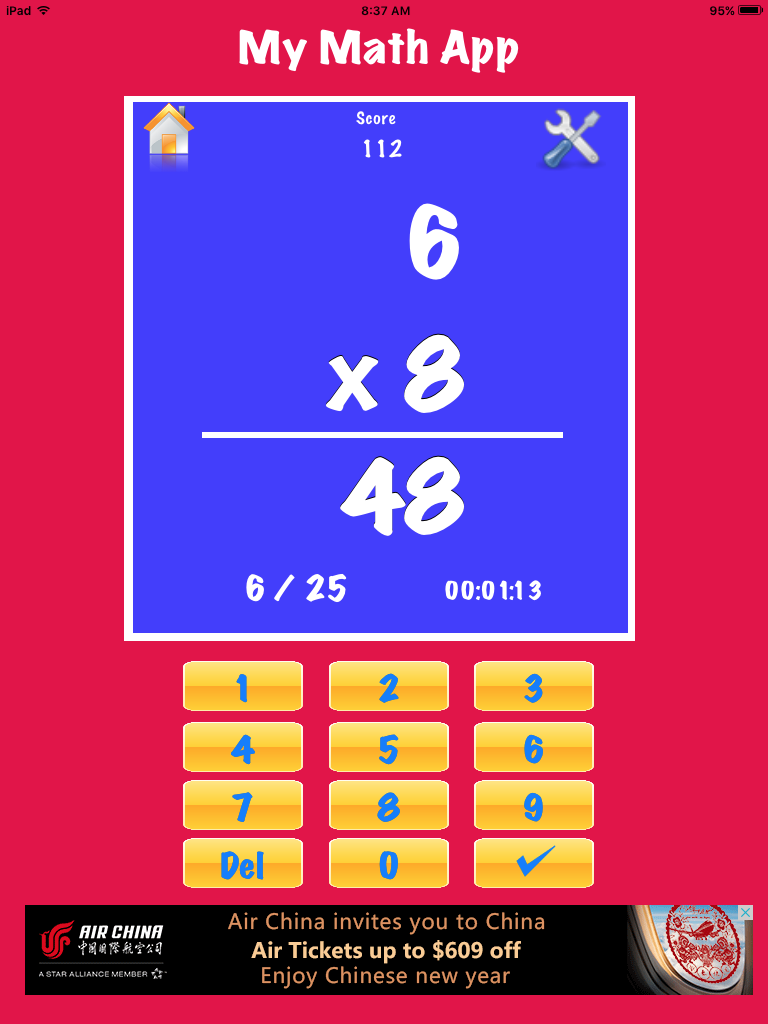
- Youngsters discover counting very first by associating aesthetic objects because of their hands. A concrete example: How many apples are there any from the basket? Far more abstract example is just how old are you?
- From counting amounts, the next logical stage is addition accompanied by subtraction. Addition and subtraction tables can be extremely useful educating tools for youngsters since they are graphic resources creating the cross over from counting much easier.
- Which will be learned up coming, multiplication or division? Multiplication is shorthand for addition. At this moment, young children use a business grasp of addition. As a result, multiplication is the following rational method of arithmetic to find out.
Review essentials of multiplication. Also, review the basic principles how to use a multiplication table.
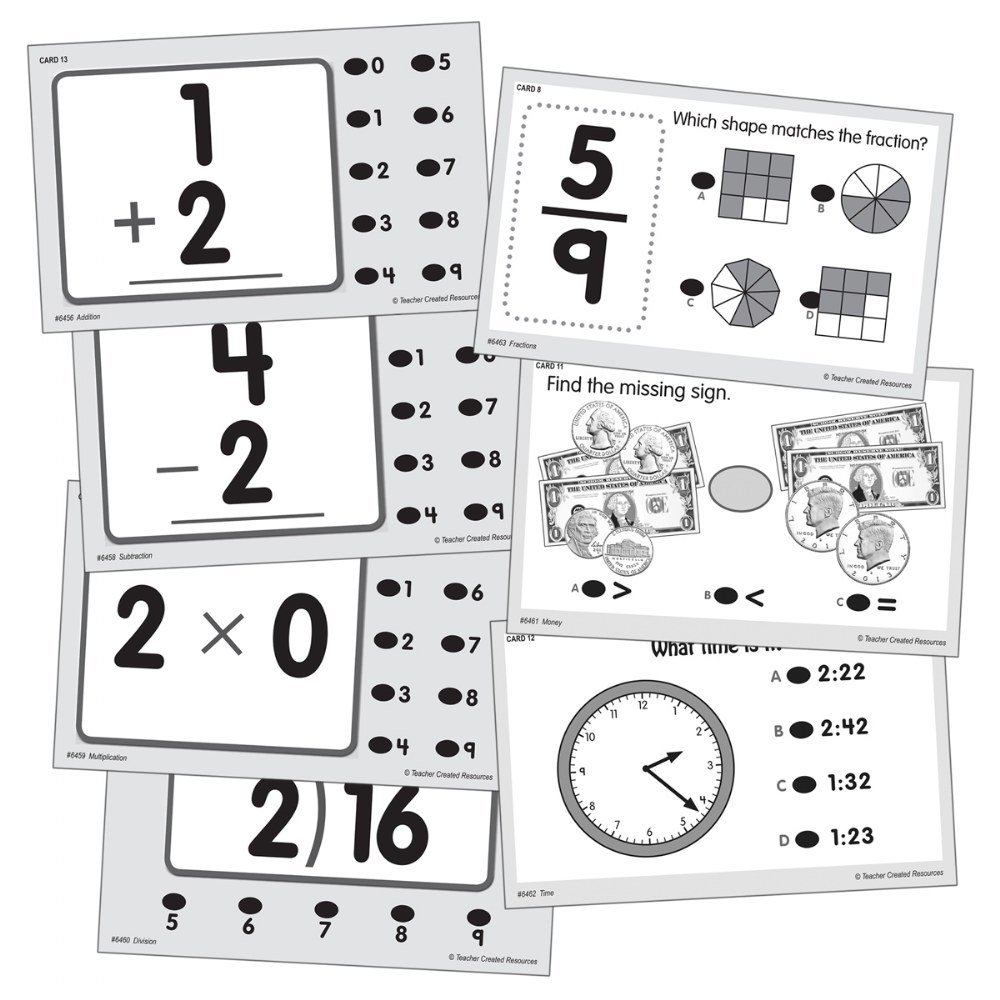
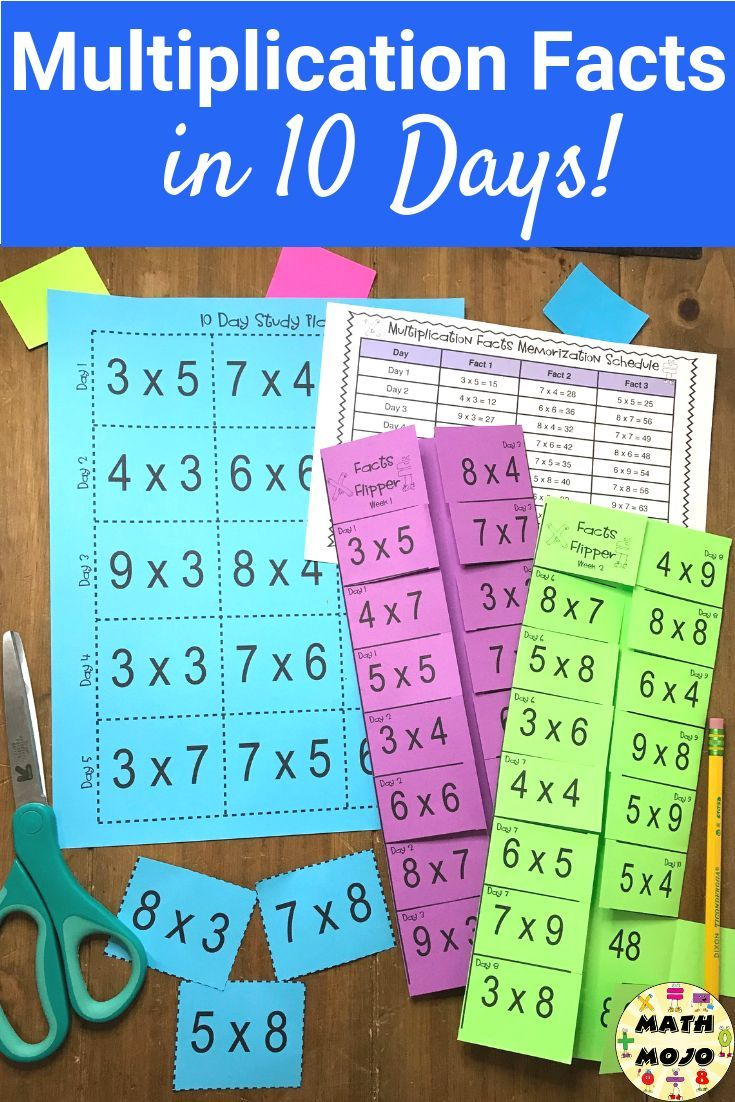
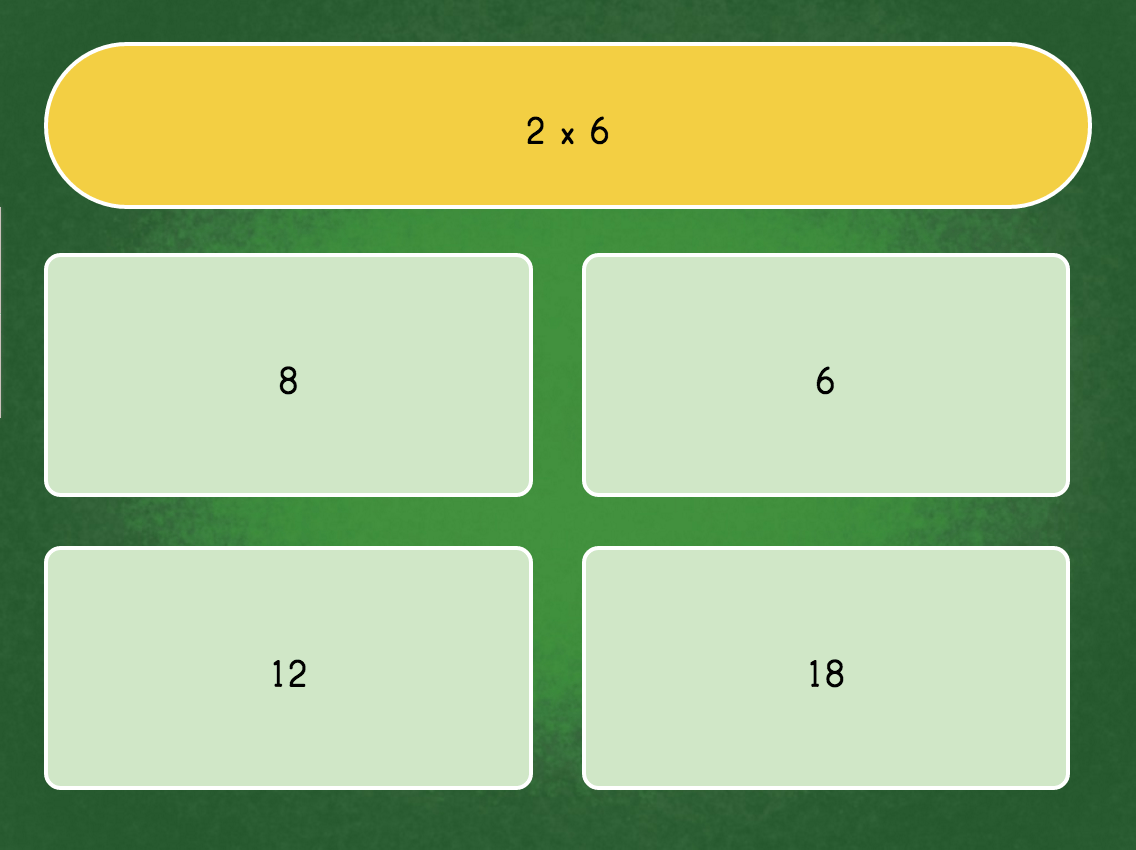
We will assessment a multiplication illustration. By using a Multiplication Table, increase 4 times 3 and get a solution twelve: 4 x 3 = 12. The intersection of row three and column four of your Multiplication Table is a dozen; a dozen is definitely the response. For children starting to find out multiplication, this is straightforward. They may use addition to fix the trouble hence affirming that multiplication is shorthand for addition. Example: 4 by 3 = 4 4 4 = 12. It is an excellent introduction to the Multiplication Table. The added benefit, the Multiplication Table is visual and displays straight back to discovering addition.
In which will we get started understanding multiplication making use of the Multiplication Table?
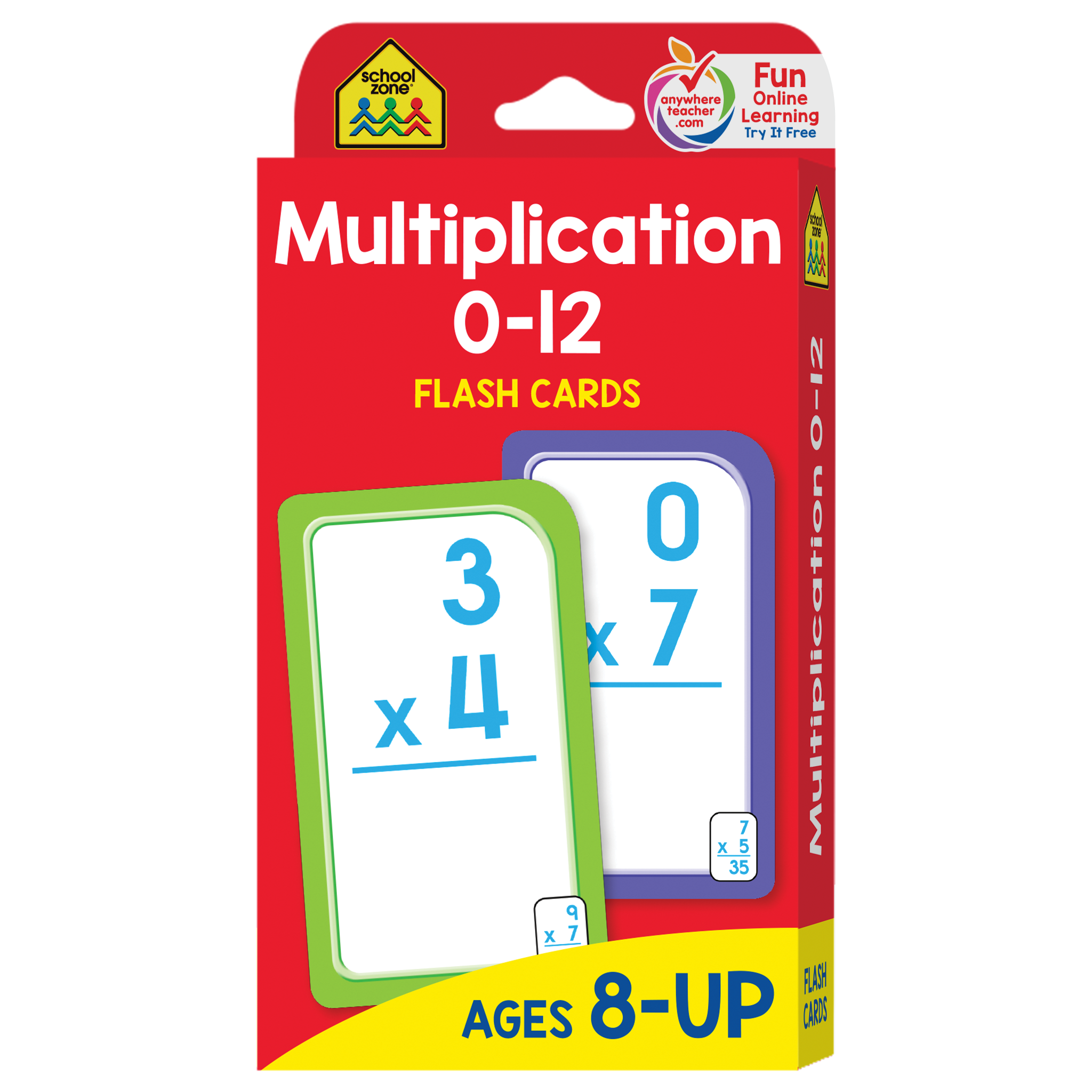
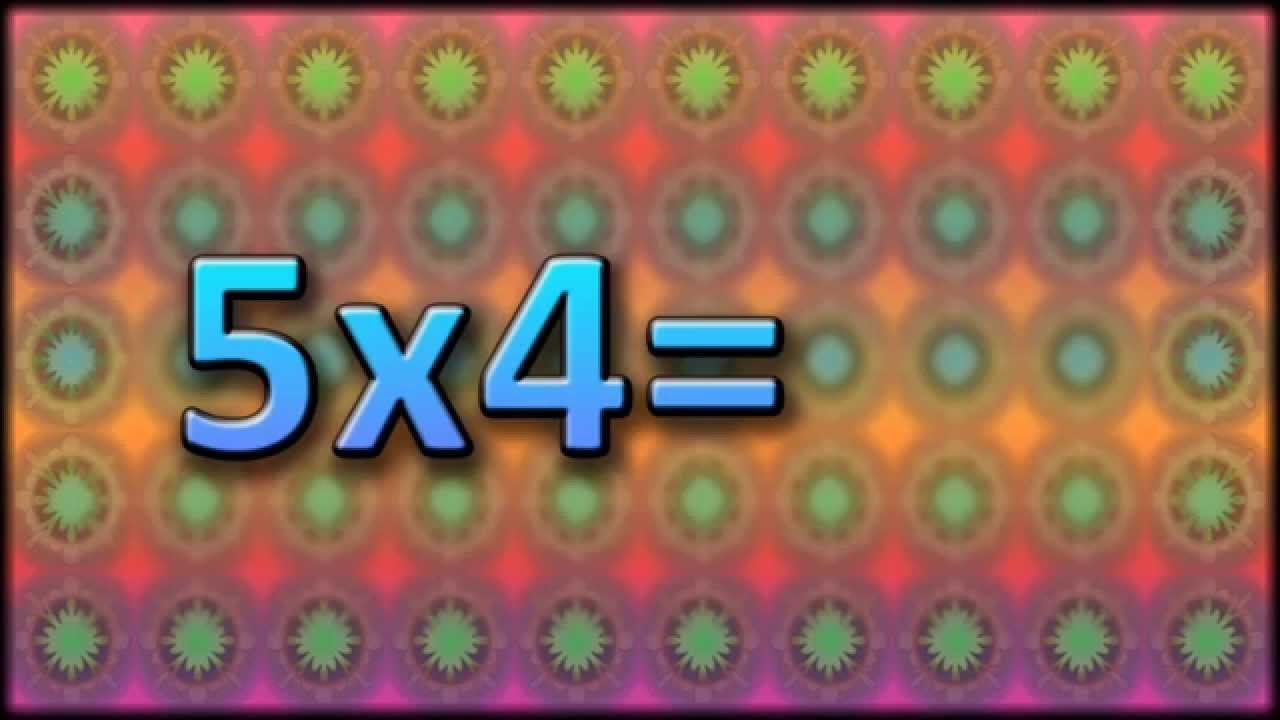
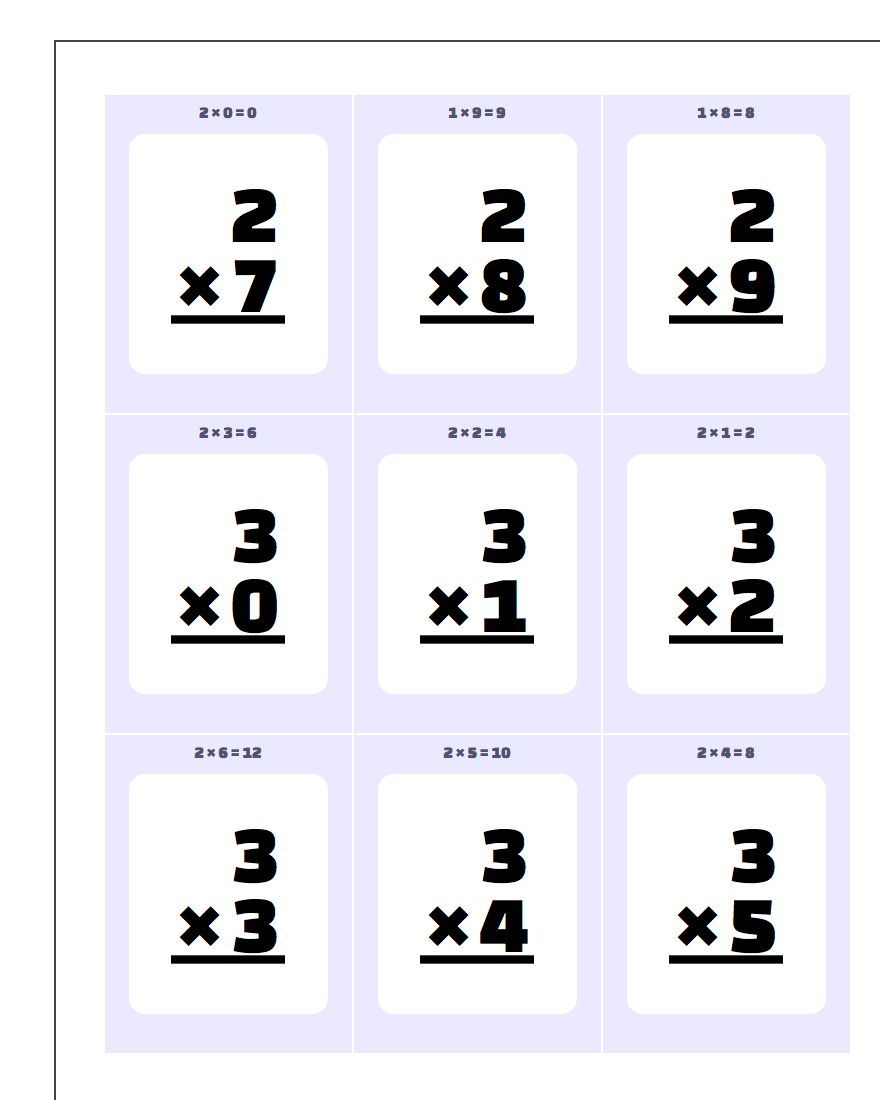
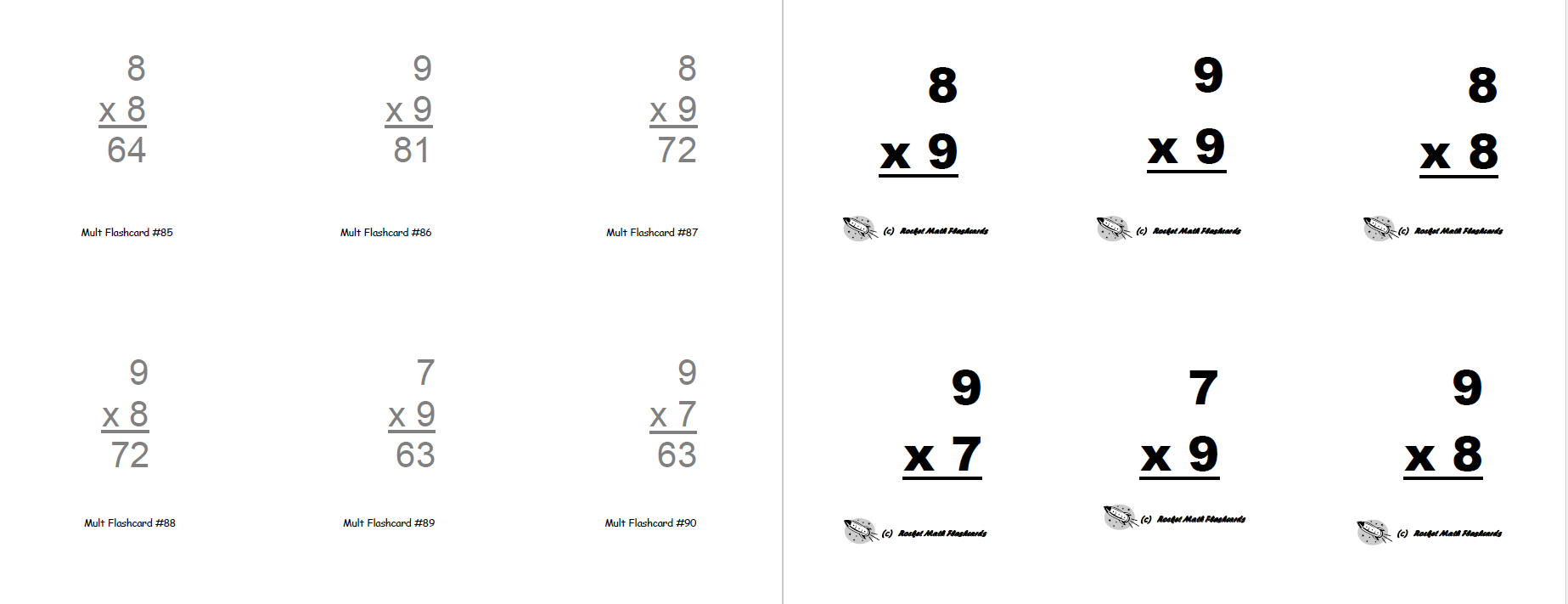
- Very first, get familiar with the table.
- Get started with multiplying by a single. Start off at row # 1. Go on to line number one. The intersection of row a single and column the first is the answer: a single.
- Replicate these techniques for multiplying by one particular. Grow row one particular by posts 1 via twelve. The answers are 1, 2, 3, 4, 5, 6, 7, 8, 9, 10, 11, and 12 respectively.
- Perform repeatedly these steps for multiplying by two. Increase row two by posts one via 5. The responses are 2, 4, 6, 8, and 10 correspondingly.
- Allow us to jump forward. Repeat these steps for multiplying by five. Increase row five by posts 1 by way of 12. The answers are 5, 10, 15, 20, 25, 30, 35, 40, 45, 50, 55, and 60 correspondingly.
- Now we will increase the amount of trouble. Perform repeatedly these techniques for multiplying by about three. Flourish row about three by columns one by way of a dozen. The responses are 3, 6, 9, 12, 15, 18, 21, 24, 27, 30, 33, and 36 correspondingly.
- If you are at ease with multiplication thus far, use a examination. Solve the next multiplication problems in your head and after that compare your responses on the Multiplication Table: multiply half a dozen as well as 2, increase 9 and a few, grow a single and 11, increase 4 and 4, and increase seven and two. The trouble replies are 12, 27, 11, 16, and 14 respectively.
Should you got several out of five issues proper, design your very own multiplication tests. Compute the solutions in your head, and look them using the Multiplication Table.